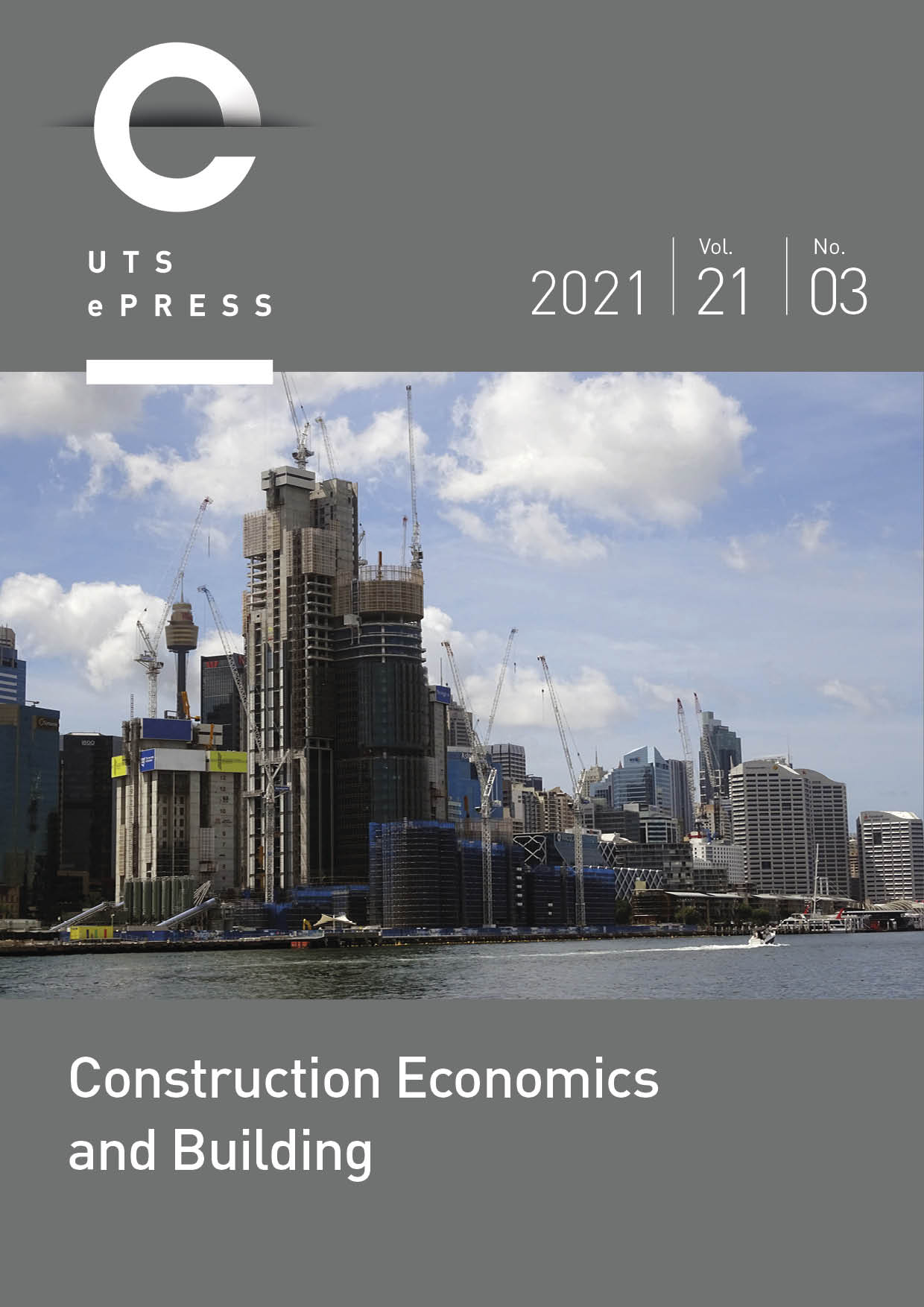A Comparative Study of Energy Performance in Educational Buildings in the UAE
Main Article Content
Abstract
Sustainability has gained popularity and importance around the globe due to the ever-increasing effects of climate change and global warming on Earth. As of the 21st century, human endeavour has caused an enormous amount of damage to the environmental ecological system. Among which, one of the major contributors to the increase in the environmental issues and CO2 emissions are the conventional sources of energy, especially in the built environment. Globally, the built environment accounts for 12 percent of the world’s drinkable water, 40 percent of energy wastage and 35 percent of scarce natural resources, which in turn produces 40 percent of the total global carbon emission. Among which are educational buildings which tend to be a major contributor (as most of these facilities are old and conventionally built in the mid-1900s) Thus, with the education sector being an essential part of society, it becomes important to determine the energy performance and carbon footprint of these buildings. The United Arab Emirates (UAE) vision 2021 highlights the country's approach to the importance of providing the best education and adopting sustainable environmental infrastructure. Therefore, this study adopts a methodological approach based on semi-structured interviews and surveys, in order to compare the energy performance of three educational buildings within Higher Education establishments in the UAE as a case study. The study also evaluates the end user’s awareness of the importance of sustainable practices in the buildings and their preference for these buildings. The findings of this study conclude that Net Zero Energy Buildings (NZEBs) are the most efficient buildings in terms of energy performance, carbon consumption and heat generated. Therefore, it is important that the integration of these types of buildings is considered in educational establishments.
Article Details
Section
Authors who publish with this journal agree to the following terms:
a) Authors retain copyright and grant the journal right of first publication with the work simultaneously licensed under a Creative Commons Attribution License that allows others to share and adapt the work with an acknowledgement of the work's authorship and initial publication in this journal.
b) Authors are able to enter into separate, additional contractual arrangements for the non-exclusive distribution of the journal's published version of the work (e.g., post it to an institutional repository or publish it in a book), with an acknowledgement of its initial publication in this journal.
c) Authors are permitted and encouraged to post their work online (e.g., in institutional repositories or on their website) prior to and during the submission process, as it can lead to productive exchanges, as well as earlier and greater citation of published work (See The Open Access Citation Advantage Service). Where authors include such a work in an institutional repository or on their website (ie. a copy of a work which has been published in a UTS ePRESS journal, or a pre-print or post-print version of that work), we request that they include a statement that acknowledges the UTS ePRESS publication including the name of the journal, the volume number and a web-link to the journal item.
d) Authors should be aware that the Creative Commons Attribution (CC-BY) License permits readers to share (copy and redistribute the work in any medium or format) and adapt (remix, transform, and build upon the work) for any purpose, even commercially, provided they also give appropriate credit to the work, provide a link to the license, and indicate if changes were made. They may do these things in any reasonable manner, but not in any way that suggests you or your publisher endorses their use.
